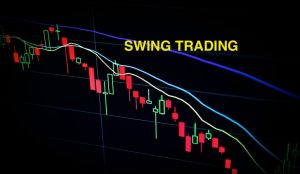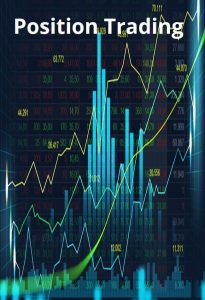What Is Trading?
Buying and selling stocks, commodities, currencies, bonds, and other financial instruments over short periods of time is known as trading. This is primarily done to profit from short-term price fluctuations in these securities. As a result, traders effectively profit from volatility. Trading systems or chart-based strategies are commonly used to detect short-term price patterns when evaluating attractive trading chances. Technical analysis is the term for this. It entails more frequent stock or other financial instrument purchases and sales.
Traders use various trading techniques and styles based on their opinions and market expertise. The issue about trading is that what works for one trader may not work for another, which is why each trader has their own trading technique.
The trading process of a trader is inextricably linked to his or her thinking, which is influenced by a number of elements.. It would be incredibly difficult for a reversal trader to follow a trend following the strategy, and vice versa. As a result, it is critical for traders to experiment with several styles of trading before settling on a trading style that best suits their personality and belief system.
Types of Trading
There are different types of trading which are explained as follows:
Intraday Trading

Intraday trading is also known as “Day Trading”. In Intraday Trading, traders purchase and sell stocks on the same day. He can hold stocks for a few seconds or hours or prior to day’s market closure. Intraday trading is risky but it allows traders to earn quick money. This type of trading is for active traders and requires proficiency. It necessitates swift decision making and quick actions. Therefore, it is best suitable for experienced traders and investors. This type of trading is not recommended for beginners.
Scalping

Scalping is the shortest-term trading strategy. It is also known as “Micro Trading”. Scalp traders only keep positions open for a few seconds or minutes. Small intraday price changes are the focus of these short-term trading. Because of the large number of deals completed in each trading session, the goal is to make a lot of quick trades with little profit gains and let profits compound throughout the day. However, not every transaction results in profits, and in some situations, a trader’s losses may outweigh his earnings. Just like intraday trading, scalping also requires proficiency and market awareness.
Swing Trading

Unlike day traders, who often maintain positions for less than one day, swing traders typically hold positions for multiple days, if not weeks. To capture short-term market swings, traders do not need to sit constantly monitoring the charts and their trades throughout the day because positions are kept over time. This makes swing trading a popular trading technique for persons with other obligations (such as full-time work) who want to trade in their spare time. However, it is vital to devote a few hours per day to market analysis. Trend trading, counter-trend trading, momentum trading, and breakout trading are common trading methods used by swing traders.
Momentum Trading

In momentum trading, a trader takes advantage of a stock’s momentum, which is defined as a significant change in the stock’s value, either upwards or downwards. A trader seeks to profit from this momentum by selecting equities that are breaking out or are about to break out.
When the market is moving upward, the trader sells the stocks he owns, resulting in higher-than-average returns. When there is a negative trend, the trader buys a large number of stocks to sell when the price rises.
Position Trading

Position traders are interested in long-term price movement, hoping to benefit as much as possible from large price shifts. As a result, trades typically take weeks, months, or even years to complete. In position trading, traders typically analyze and evaluate markets using weekly and monthly price charts, using technical indicators and fundamental analysis to find suitable entry and exit levels.
Position traders’ positions do not need to be monitored in the same way as other trading methods since they are not concerned with little price swings or pullbacks; instead, they should be monitored on a regular basis to keep an eye on the major trend. This type of trading is appropriate for those who are not market professionals or regular market participants.
To learn mlore about trading, you can join GrabGuidance’s Online Trading Course and learn skills like Trading, Stock Market, Financial Acumen etc.























